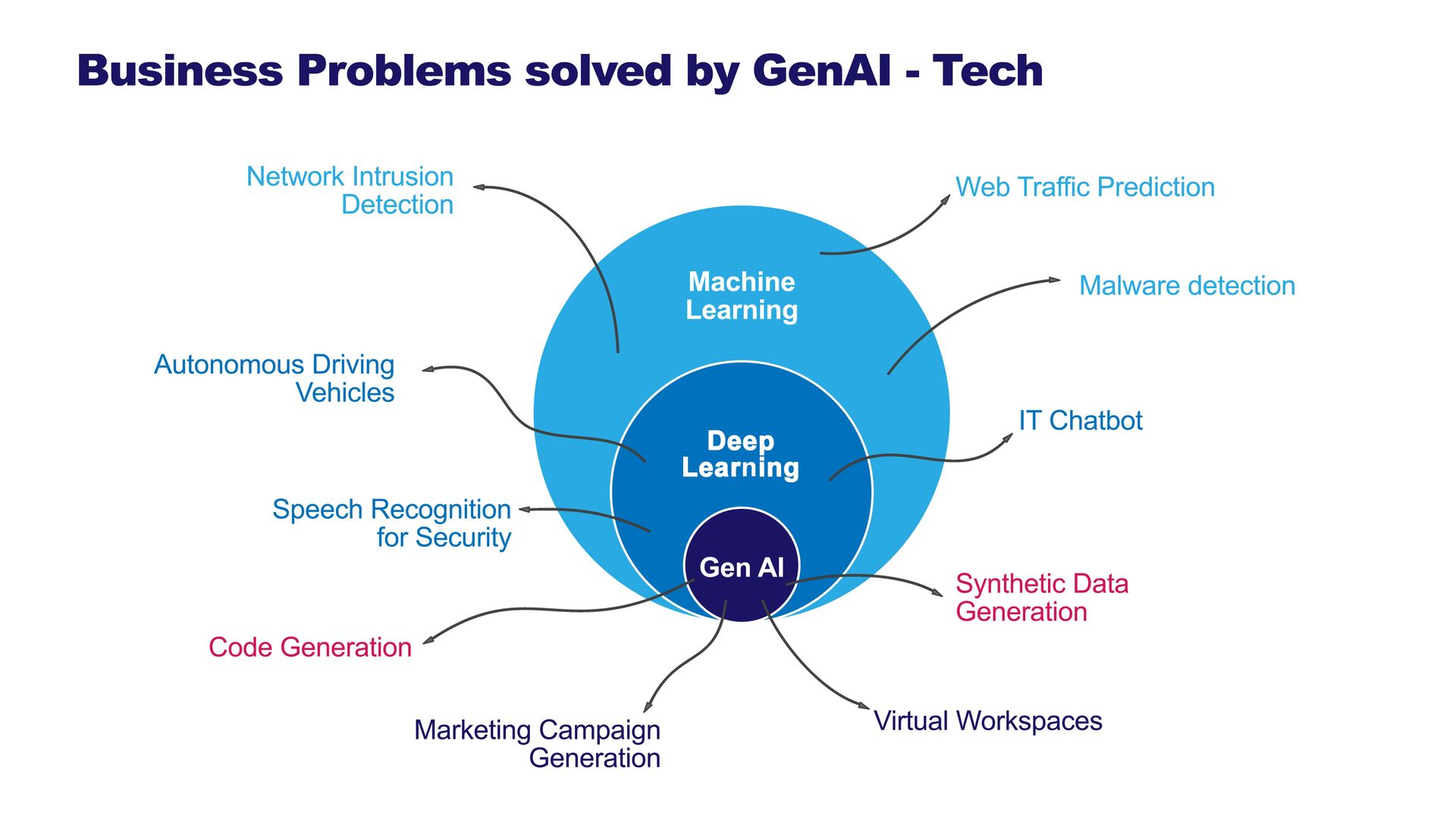Generative AI: The Catalyst for Maximizing Cloud ROI
November 27, 2023
Generative AI requires cloud computing to scale and it may also help reduce costs in cloud migrations

In the ever-evolving landscape of technology, large companies remain committed to harnessing the power of cloud computing. However, despite years of cloud programs and the widespread use of Software-as-a-Service (SaaS) products, a surprising statistic emerges: only 15 to 20 percent of applications in large companies are cloud-based. This gap between aspiration and reality opens a significant avenue for innovation and optimization, particularly through the lens of generative artificial intelligence (AI).
Unleashing Potential with Generative AI
Generative AI stands as a beacon of transformation in this scenario. This cutting-edge technology is not just a tool for innovation; it's a pathway to escalating cloud adoption. Here’s how:
1. Generative AI Initiatives Demand Cloud Scale
Generative AI is resource-intensive. It requires substantial compute, storage, and networking capabilities – demands that are best met by the cloud. By integrating generative AI initiatives, companies are inherently pushed towards cloud adoption. The cloud's scalable nature makes it an ideal platform for these AI applications, which often need to process and generate large amounts of data rapidly.
2. Reducing Application Remediation and Migration Costs
Preliminary findings suggest that generative AI can curtail application remediation and migration expenses by up to 40 percent. This reduction is monumental, considering that application migration is one of the significant barriers to cloud adoption. The AI's ability to automate and optimize processes contributes to this cost efficiency, although further research is needed to understand its impact across various application types.
Generative AI-Enabled Workflows: The Future of Cloud Migration
The future lies in creating end-to-end, generative AI-enabled workflows. Such workflows can revolutionize how transactional applications operate, providing compelling incentives for companies to migrate these applications to the cloud. The benefits are multifold:
- Enhanced Efficiency: AI-driven processes can streamline operations, reducing manual intervention and error rates.
- Cost-Effectiveness: Lower operational costs and reduced need for physical infrastructure make cloud-based solutions more attractive.
- Scalability and Flexibility: Companies can scale their operations up or down based on demand, a feature that’s integral in today’s dynamic market.
As generative AI continues to advance, its role in cloud adoption becomes increasingly significant. By leveraging this technology, companies can overcome longstanding barriers, making cloud migration more feasible and financially attractive. The synergy between generative AI and cloud computing not only promises enhanced operational efficiency but also heralds a new era of technological innovation and business growth.
12 West Street, Suite 3, Keene, NH 03431 (603) 506-6450
© Copyright 2022 | All Rights Reserved | Menadena, LLC | Accessibility | Privacy | Terms | Cookies





